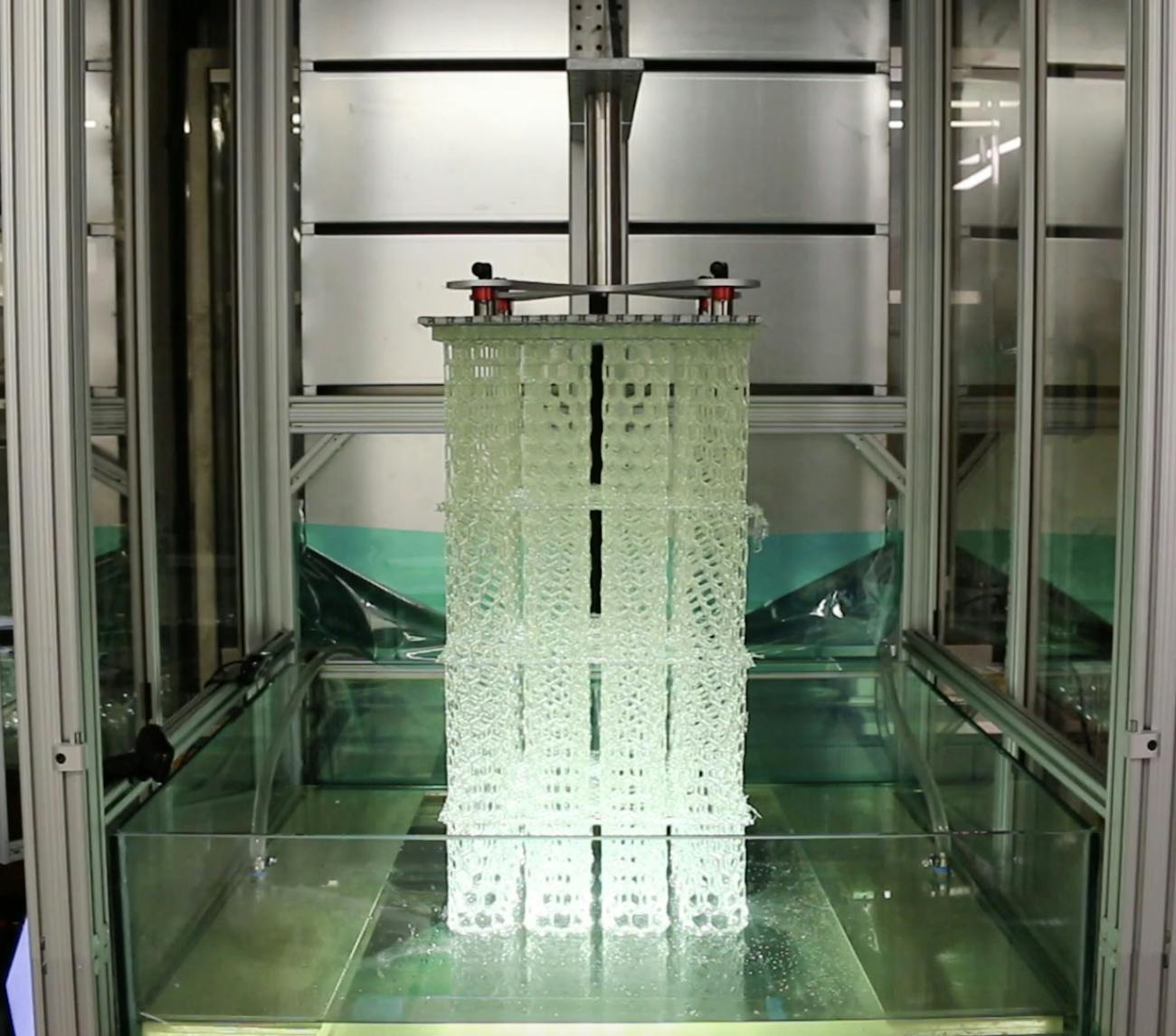By Sarah Wells
Source: www.inverse.com, October 2019
While additive manufacturing, more commonly known as 3D printing, has been a futuristic mainstay of manufacturing for years, it has struggled to scale both speed and size of its production due to physical restrictions on the technology. But that could soon be changing, as research published Friday claims it’s cracked the code to printing large objects without a loss of printing speed. Innovations in 3d printing could revolutionize the way cars, planes and even homes are manufactured.
Scientists reported on Thursday a new method for building these 3D printers that uses circulating fluorinated oil — which they describe as ‘liquid Teflon’ — to both keep the machine cool as well as create a shear force that keeps new layers of the material from sticking to the printer itself. Both of these physical limitations have previously hindered the progress of such additive technologies and without an effective solution, the resins used in the manufacturing had been known to overheat during even small projects and result in failed printings. Their work will be published Friday in the journal Science.
The authors say that their 13-feet tall, 2.5 square-foot print bed called HARP (high-area rapid printing) is the first of its kind to overcome this scaling issue and is capable of printing faster than 430 mm/hr, or can roughly print something the size of a human in two hours.
Chad Mirkin, a professor of chemistry at Northwestern University and the lead researcher on the project, says that HARP is expected to go into commercial production in the next 18-months and that it could stand to revolutionize manufacturing.
“3D printing is conceptually powerful but has been limited practically,” Mirkin in a press release. “If we could print fast without limitations on materials and size, we could revolutionize manufacturing. HARP is poised to do that.”

While many 3D printers stick to manufacturing smaller objects such as medical devices or even controversially guns, HARP will be joining a class of printers that thinks a little bigger.
It certainly isn’t the first 3D printer to manufacture large parts, but the authors write that what sets it apart is that, unlike its competitors, any large parts it manufactures will be ready to go off the production line versus others that need additional sanding and refining after the initial printing is complete. The use of UV light to cure the resin will help make this possible, the authors write.
Because of its ability to handle large parts well, HARP will also be an important innovation in production line manufacturing because it will be able to not only print fully refined, large parts but to continue to print them without lag thanks to its cooling technology.
“When you can print fast and large, it can really change the way we think about manufacturing,” Mirkin said. “With HARP, you can build anything you want without molds and without a warehouse full of parts. You can print anything you can imagine on-demand.”
As with any technology, HARP is still far from being perfect. The authors write that being able to use a wider variety of resins in the printer as well as improving the optical resolution of the materials (which could otherwise result in potential warping of a failed printing) will be important lines of research going forward with this technology.
Read the abstract below:
We report a stereolithographic 3D printing approach for polymeric components that utilizes a mobile liquid-interface(a fluorinated oil)to reduce the adhesive forces between the interface and the printed object, there by allowing for a continuous and rapid print process, regardless of polymeric precursor.The bed area is not size-restricted by thermal limitations since it can be directly cooled across the entire print area with the flowing oil. Continuous vertical print rates exceeding 430 mm/hr with a volumetric throughput of 100 L/hr have been demonstrated, and proof-of-concept structures consisting of materials spanning hard plastics, ceramic precursors, and elastomers have been printed.
